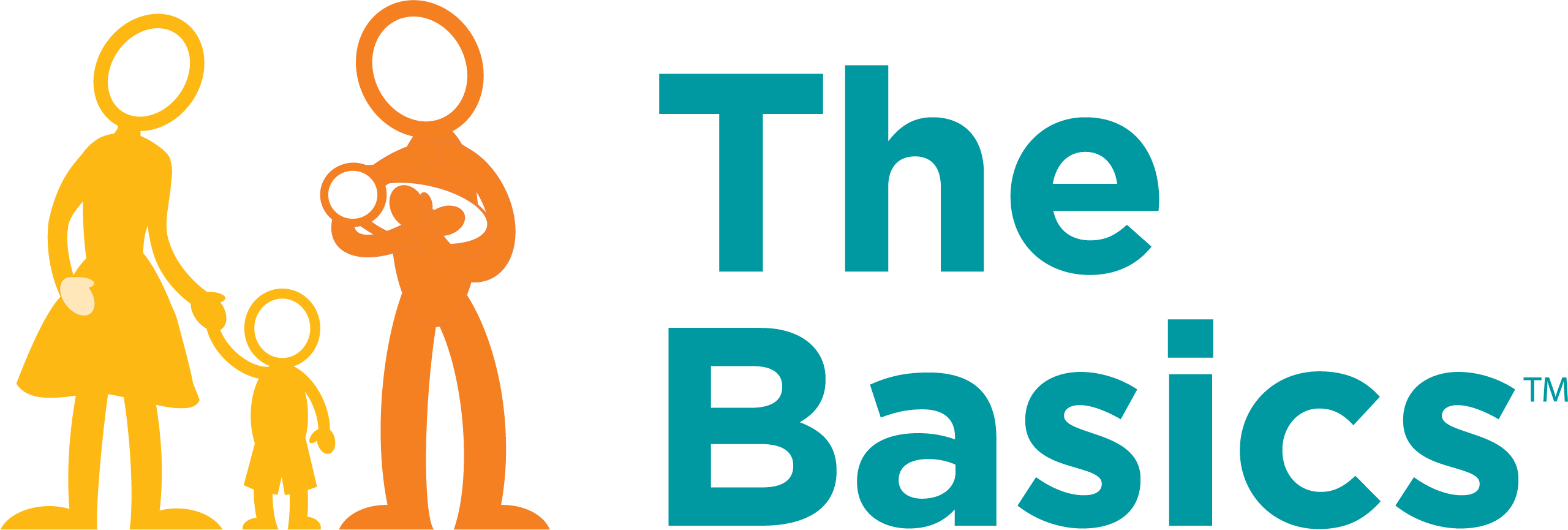Rhyme Time
Make up rhyming chants for daily routines starring your baby. A bath rhyme might go like this: “Soapy Samantha in the tub/ Rub-a-dub--dub-rub-a-dub-dub.”
Name Body Parts
When changing or dressing your baby, make a game of naming and pointing to body parts. ”Where’s Oliver’s nose? There it is. Here’s my nose.” Try singing a round of “Head, Shoulders, Knees, and Toes.”
Imitation Games
Get nice and close to your baby and give them a big smile. Around 6-8 weeks old, they will start to smile back. Give them time to respond. Show your pleasure and go back and forth imitating their expressions.
Step by Step
As you go about daily activities with your child, talk about the steps involved. When starting up the bath, say “First, we turn on the warm water. Then we add some cold water until it’s just right.”
Ask and Answer Questions
Engage your baby by asking and answering questions about the things that interest them. “Does the ball fit in the tube?" Wait to see how they respond. Then help provide the answer, "No, it’s too big. See?"
Point to Objects
Point to objects and name them—especially things that interest your baby like body parts and familiar objects around your home. Older infants will start to communicate by pointing.
Sing
Your baby’s favorite songs might be those that repeat words or have rhyming sounds. Sing special songs for special parts of your routine, like bath time or bedtime.
Go Back and Forth
When your baby makes a sound, show excitement on your face and in your voice. Respond with words. See how long you can keep the “conversation” going back and forth.
Follow Their Interests
Your baby shows you what they’re interested in by looking or reaching. Move those objects closer so your baby can examine them. Name them and describe their features.
Use a Playful Voice
Smile and look into your baby’s eyes. Exaggerate the sounds of words. Young babies love that high-pitched, sing-song voice. Notice which ways of talking or singing keep their attention.
Talk to Them
Include your baby in everyday routines by talking to them during activities like changing, feeding, bathing, and errands. Describe what you are doing.


